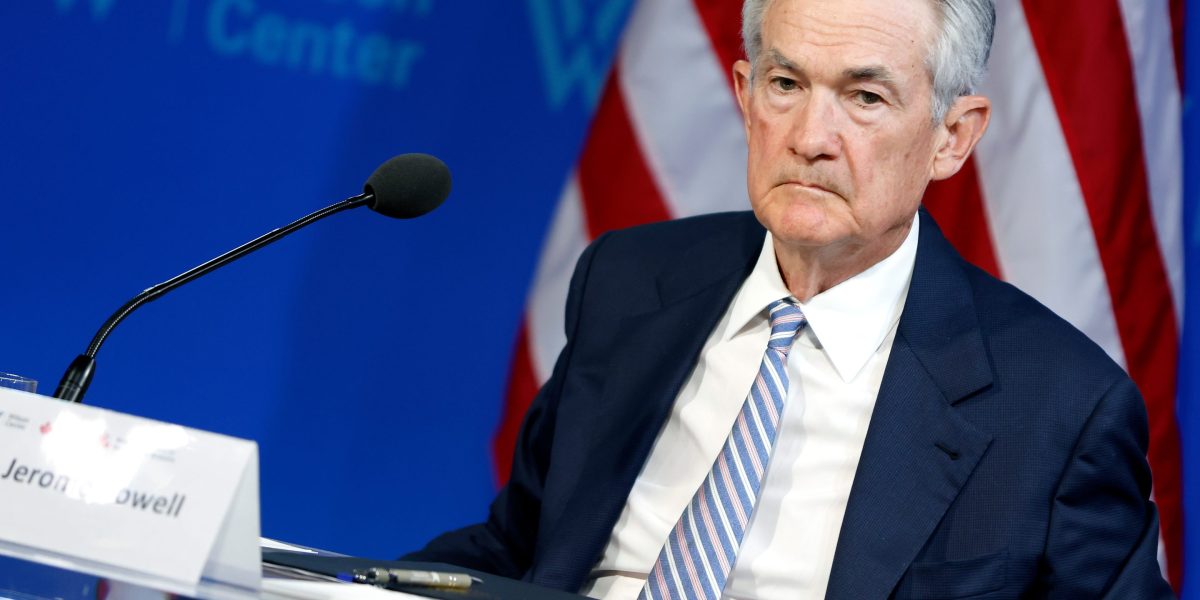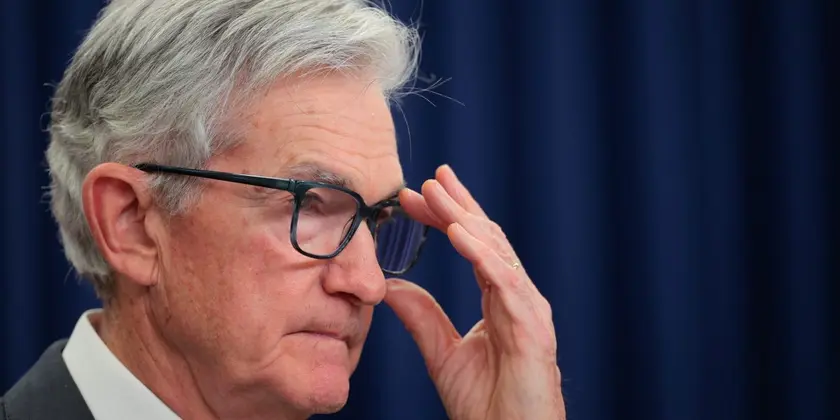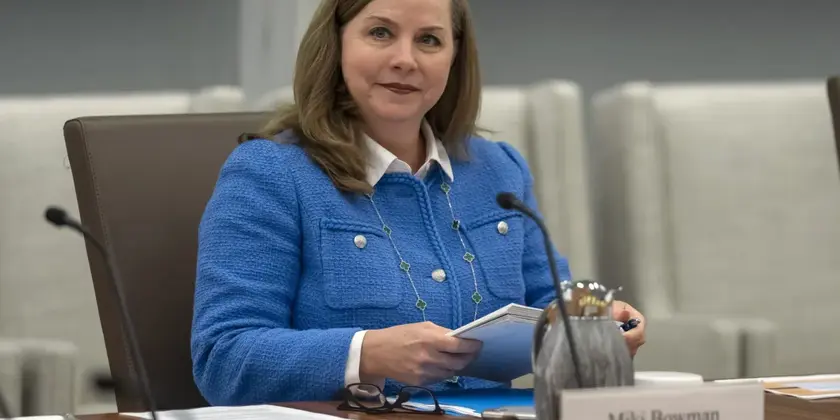T4K3.news
Fed signals rate cuts amid weak jobs data
Bowman argues weak employment data strengthens the case for three rate cuts this year.

Fed vice chair Bowman argues soft employment readings bolster the case for three rate cuts this year.
Fed rate cuts gain momentum amid weak jobs data
Michelle Bowman, a Fed governor and vice chair for supervision, said recent weak job data underscores labor market fragility and strengthens her forecast that three rate cuts will likely be appropriate this year. She noted that her position has shifted toward supporting easier policy, even as she dissented last month against keeping rates unchanged in the 4.25% to 4.50% range. Bowman emphasized that delaying action could leave the economy exposed to a further slowdown, given softer labor demand and slower job gains.
The Labor Department report showed the unemployment rate at 4.2% with revisions indicating slower job growth in the prior three months, averaging about 35,000 per month. Bowman argued this softening, alongside inflation data she sees as closer to the 2% target when underlying measures are considered, supports gradual rate reductions. She also suggested that tariffs imposed by the administration may not fuel persistent inflation and that easing policy gradually could reduce the risk of a larger policy correction if the labor market deteriorates further.
Key Takeaways
"Taking action at last week's meeting would have proactively hedged against the risk of a further erosion in labor market conditions."
Bowman's remarks on timing of policy action
"This is well below the moderate pace seen earlier in the year, likely due to a significant softening in labor demand."
Labor market data framing
"Upside risks to price stability have diminished."
Inflation outlook
"My Summary of Economic Projections includes three cuts for this year."
Policy projection
Bowman’s stance highlights a broader tension inside the Fed between data signals and political pressures. Her emphasis on labor market weakness and the need for proactive easing suggests a willingness to move quicker if the data stay soft, even as other governors prefer patience. That divergence could amplify market expectations and fuel chatter about the Fed's independence amid tariff policy and political noise. If three cuts are priced in and data worsen, the central bank could face a sharper adjustment later; if data improve, it risks being slow to act and losing credibility. The coming meetings will test whether this is a temporary shift or a durable shift in policy calibration.
Highlights
- Taking action at last week's meeting would have proactively hedged against the risk of a further erosion in labor market conditions.
- This is well below the moderate pace seen earlier in the year, likely due to a significant softening in labor demand.
- Upside risks to price stability have diminished.
- My Summary of Economic Projections includes three cuts for this year.
Political sensitivity around rate cuts
The discussion ties policy moves to tariff policy and President Trump-era political dynamics, raising potential political backlash and market volatility.
As policy makers weigh signals from jobs data and inflation, the path of rate cuts will keep investors watching.
Enjoyed this? Let your friends know!
Related News

Jerome Powell's remarks will influence market expectations

Stock Market Suffers Drop After Weak Jobs Report

Widespread job cuts signal recession risk

Weak jobs data raises expectations for Fed rate cuts

Markets hold after weak data and tariff shocks

Weak July job numbers spark fears of economic slowdown

Fed official leans toward three rate cuts this year

US economic indicators show slow growth
